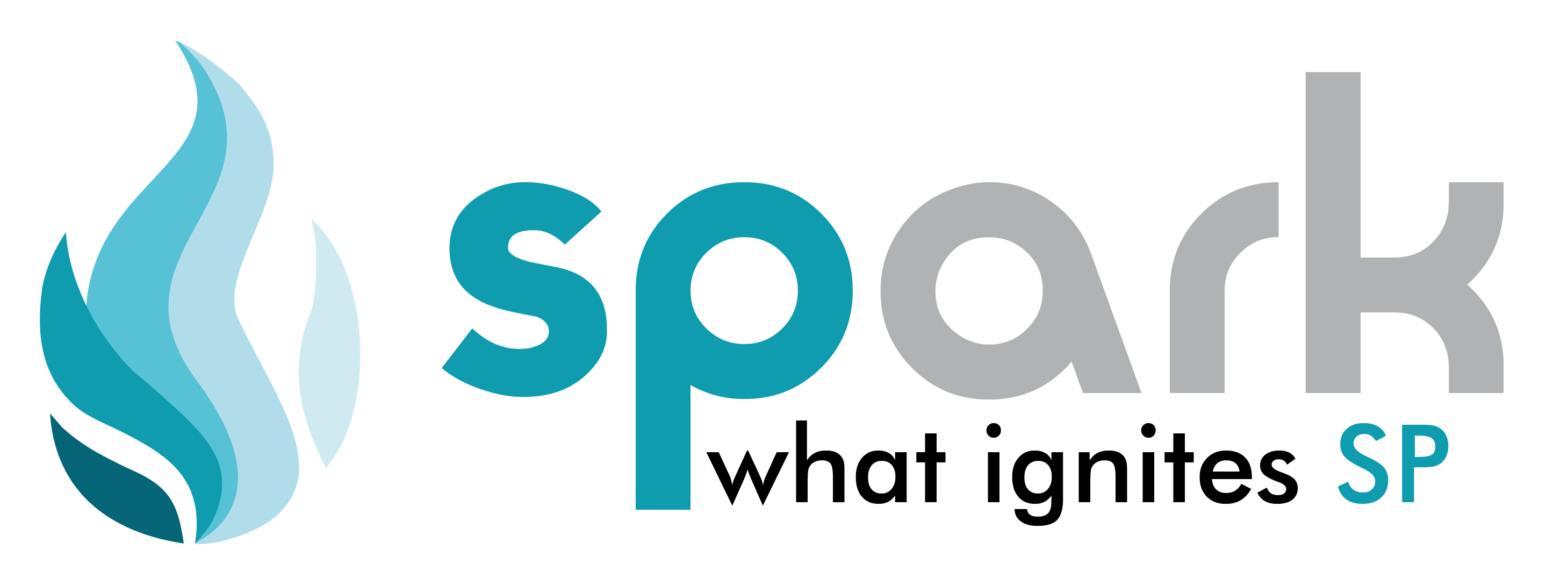If you’ve ever downloaded a movie or a game from torrent sites like ThePirateBay, Kickass Torrents, 1337 etc, you must’ve come across mumbo jumbo like WEB-DL, DVDRip or iNTERNAL. Then there are some recurring names likes YIFY, ETTV, and SKIDROW that you can find all over these sites. What do they really mean? Let’s break it down.
The Scene
The Scene is where it all begins, from where all content is sourced. The Scene is a hierarchical underground community of people who obtain and trade copyrighted material like movies, TV shows, games, music, software and pretty much anything you find on torrent sites. The members of the Scene have some predefined rules about packaging and publishing to ensure high-quality releases. The Scene is comprised of Release Groups, which are mainly comprised of tech-savvy people who specialize in reverse engineering protection methods, encoding and decoding media, running multiple FTP servers(think Richard Hendricks) and some ‘suppliers’ who provide access to copyrighted material. The supplier may work at a DVD rental store or a cinema hall or may even be a reviewer who has access to pre-release screenings. Whenever a new movie or game is released or access to it is obtainable by some means, Release Groups scramble to obtain it and process it for release. Usually, such content is archived in a RAR file along with a .nfo file which contains information about the release like group name, the codec used, instructions and a .sfv file which has checksums to ensure that the file isn’t tampered with. When it’s done, they upload the RAR file to what’s called a ‘topsite’.
Topsites
A topsite is a very high-speed, protected FTP server to which content is uploaded. They are backed by hard drives with storage capacities in TB’s and have transfer speeds ranging between 10 and 1000’s of megabits per second – enough to facilitate the transfer of Blu-Rays in seconds. Typically, only members who have access to the login details and who log in from certain hosts can use these topsites. All sessions are SSL encapsulated and FTP bouncers are commonly used to safeguard these sessions. The members of the Scene use private IRC channels, secured by proxies and add-ons to communicate with each other. Once uploaded, a message is broadcasted on Scene channels to notify other members. Site traders then try to push these releases onto other sites as quickly as possible, to earn ‘credits’. Once a release is made, the race to release that material usually stops and all later releases, called dupes(duplicates), are ‘nuked’. However if the first release itself contains errors in encoding or does not contain .nfo and .sfv files or breaks any other rule of the Scene, then it is ‘nuked’ and the race continues.
Nuking
To nuke a release means marking it as bad. Topsite moderators are appointed to nuke bad releases. Release Groups try to avoid nukes since it lowers their credibility in the community and affects the ‘credits’ of the members. Another group may post a fixed release, tagged as PROPER(provided the source is same), or the original group may re-encode it properly and publish it as a REPACK. Sometimes group release alternate versions of a release and tag it as iNTERNAL to avoid being nuked. All releases are added to a database called the pre-database. It is a huge database containing all releases of the Scene with the release details.
Credit System
The topsites generally employ a credit system with a ratio of 3:1, meaning for every 1 GB uploaded, the members can download 3 GB. Members failing to meet a minimum monthly upload limit are kicked automatically. A nuked release decreases the member’s credits.
FXP Boards
FXP(File Exchange Protocol) makes use of a feature of FTP’s to share between 2 servers instead of a traditional server-client transmission. What this does is enable much faster transmission of data depending on the servers(since the speed isn’t bottlenecked by the client’s Internet connection, which is usually much slower than the connection between the 2 servers). People known as ‘Scanners’ scout out IP addresses with high connection speed and pass them on to Hackers, who brute-force these machines or exploit some bugs to get into the PC. Once in, the Hacker installs a Rootkit to gain administrator access and control the FTP server. If the connection speed is fast enough(about 100Mbps), the information of the compromised PC(called pubstro or stro) is passed on to ‘Fillers’, or else the Scanners use the PC to find their next target. The Filler’s job is to fill the PC with the latest releases and once done, post the login info on the FXP Board. Again, this is a race – whoever comes first is rewarded credits.
IRC Trading/ Newsgroups
Releases then make their way to IRC channels and newsgroups. Some members of release groups share releases with people using mIRC’s File Server function from the FXP servers or their own hard drive.
A newsgroup is like a bulletin board system with file sharing support, where releases are shared similar to mIRC.
Torrent Sites
Releases finally trickle down to the last rung of the piracy ladder – P2P – what almost all of us use. Surprisingly, torrent sites, which work on the BitTorrent protocol are the last one to get releases courtesy of some members or users higher up the ladder who leak releases. These download speeds are also the lowest compared to the previous methods since peers download stuff from other peers. YIFY is one such group that takes Scene releases, re-encodes them into a smaller file size and uploads them as torrents. ETTV and ETHD are just bots, that work similar to YIFY, grabbing Scene releases and pushing them to torrent sites. The Scene actively dislikes/hates releases leaking to such sites since they are also the most vulnerable and can be linked to Release Groups.
Rip
‘Ripping’ is extracting data from a medium like a CD/DVD or a reel and then encoding it into a particular format for release.
Remux
Remuxing is the process of extracting the audio and video streams from one container and putting them in another. The remuxer may choose to remove unnecessary content like menus and bonus features to reduce the file size.
Other Tags:-
CAM (Camera): It is a recording of a movie in a cinema hall, usually with a video camera on a tripod. You may see people moving around or laughing, or the seat position may not be ideal, hence these kinds of releases are of very poor quality.
TS(Telesync): Same as CAM except an external audio input is used like a headphone jack in the seat for people with hearing aids. Sometimes CAMs mislabeled as TS.
SCR(Screener): A rip of a VHS tape sent to DVD rental stores for screenings or promotion. They generally bear tickers, watermarks or anti-copyright numbers pasted over the content. Quality varies depending on the skill of the ripper.
DVDSCR(DVD Screener): Same premise as an SCR, but ripped from a DVD. Usually with some skill, DVDSCR’s turn out to be of good quality.
DVDRip: A rip of the final retail version of the film/TV show from its DVD. High quality, usually replaces any earlier copies that may have been circulating.
HDTV/PDTV/ DSRip: Video and audio captured directly from a television using an analog capture card or digital techniques(HDMI). HDTV rips of TV shows are quite common since they are of very good quality.
WEB-DL/WEBRip/ HDRip: These are files downloaded or ripped directly from online distribution or streaming services like iTunes, Hulu, BBC Player etc. The audio and video streams are remuxed into an MKV container without any re-encoding, hence these releases are of high quality. WEBCAPs can also be found on torrent sites, which are essentially captures of video from Digital Rights Management(DRM)-protected services like Netflix and Amazon Video.
BRRip/ BDRip: Both are sourced from Blu-Ray Discs, hence being of very high quality. They are almost same, except that BDRips are direct rips off a Blu-Ray Disc whereas BRRips are encoded from a previous BDRip release.

